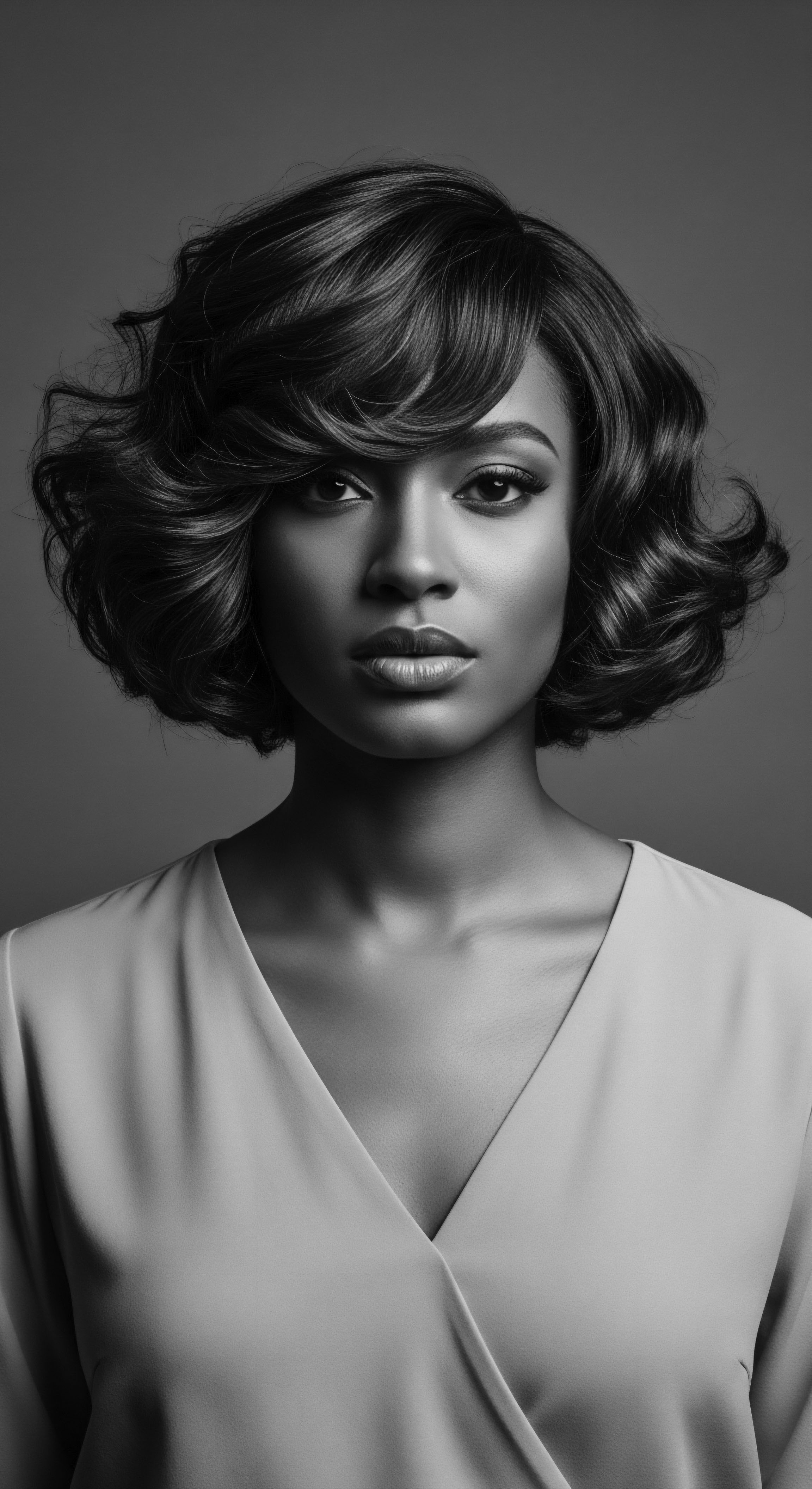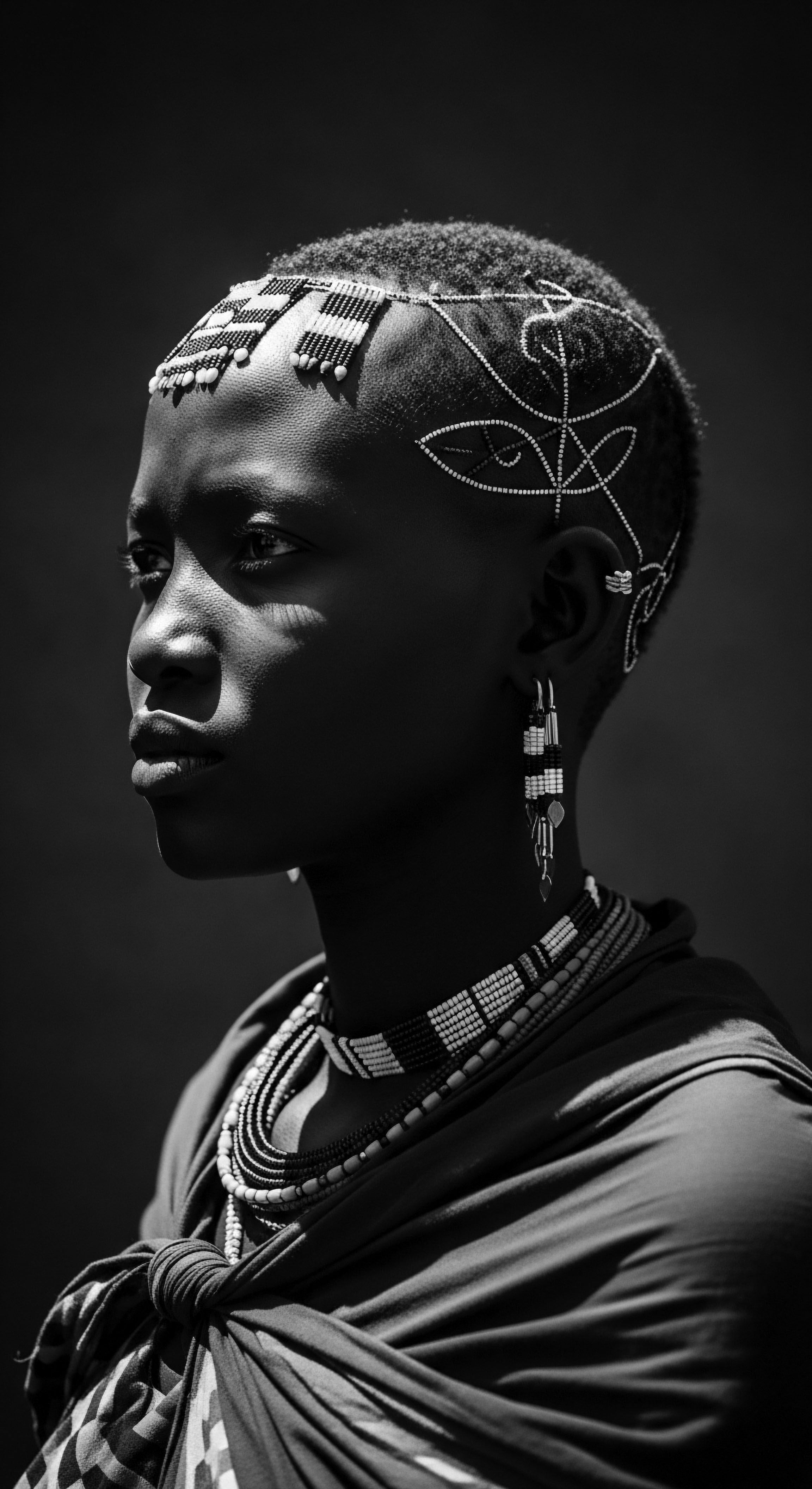
How does communal hair care strengthen Black identity?
Communal hair care solidifies Black identity by preserving ancestral practices, fostering intergenerational bonds, and affirming a distinct textured hair heritage.

What is the cultural significance of shea in West Africa?
Shea in West Africa represents a deep lineage of care, embodying traditional beauty practices and empowering women within textured hair heritage.

Do historical clay practices influence modern hair rituals?
Historical clay practices, rooted in ancestral wisdom, deeply influence modern textured hair rituals through shared principles of cleansing, fortification, and cultural expression.

How did ancient cultures prepare hair clays?
Ancient cultures prepared hair clays by grinding natural minerals and blending them with oils or botanicals for cleansing, styling, and symbolic adornment.

How does shea butter connect to ancestral hair care?
Shea butter connects to ancestral hair care as a time-honored, natural emollient, deeply integrated into practices for textured hair health and heritage.

What historical biases against Black hair does the CROWN Act address?
The CROWN Act addresses historical biases rooted in Eurocentric beauty standards that deemed Black hair unprofessional and denied opportunities.

What ancestral meanings do head coverings hold for Black women?
Head coverings for Black women carry ancestral meanings of protection, identity, and defiance, deeply rooted in textured hair heritage.

Can modern science validate ancestral African hair care practices for strength?
Modern science confirms ancestral African hair care practices, particularly those emphasizing moisture and protection, enhance textured hair strength and health.

